Nationality Belgian Role Printmaker Name Aldo Crommelynck | ||
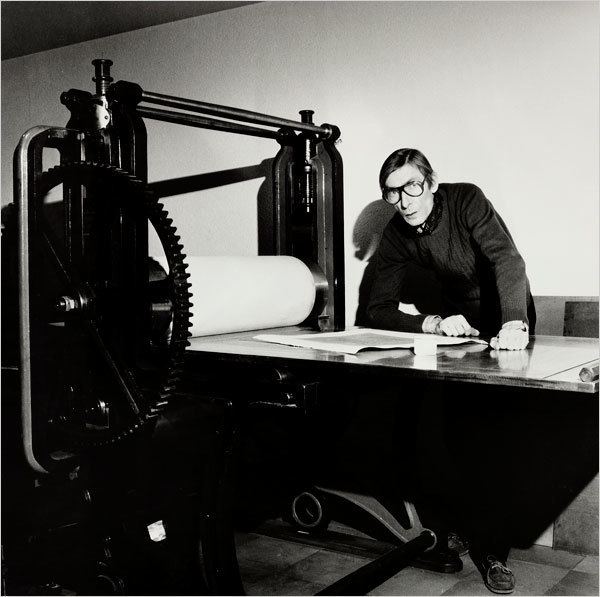 | ||
Education Apprentice ofRoger Lacouriere Parents Anne Marie Le Tellier, Fernand Crommelynck Siblings Jean Crommelynck, Piero Crommelynck, Milan Crommelynck | ||
voila comment on va faire the aldo crommelynck story
Aldo Crommelynck (26 December 1931 – 22 December 2008) was a Belgian master printmaker who made intaglio prints in collaboration with many important European and American artists of the 20th century.
Contents
- voila comment on va faire the aldo crommelynck story
- ADN au Muse SOULAGES reportage france 3
- Family
- Career
- References

ADN au Musée SOULAGES reportage france 3
Family
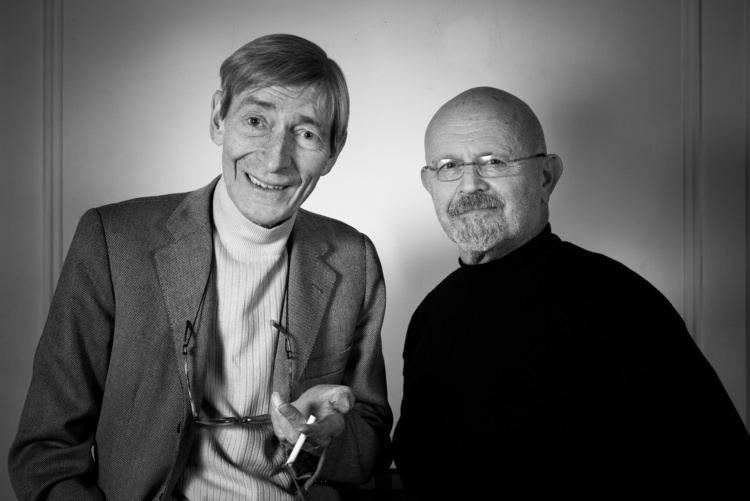
Crommelinck was born in Monaco. His father was the Belgian playwright Fernand Crommelynck (1886–1970) and his mother was Anne Marie Le Tellier (1886–1970). They had four sons: Jean, Aldo, Piero (1934–2001), and Milan. Aldo's older brother, Jean, was a photographer and reporter. Fernand's theatrical masterpiece was Le Cocu magnifique (1920). He also made many black and white drawings of his family and friends.
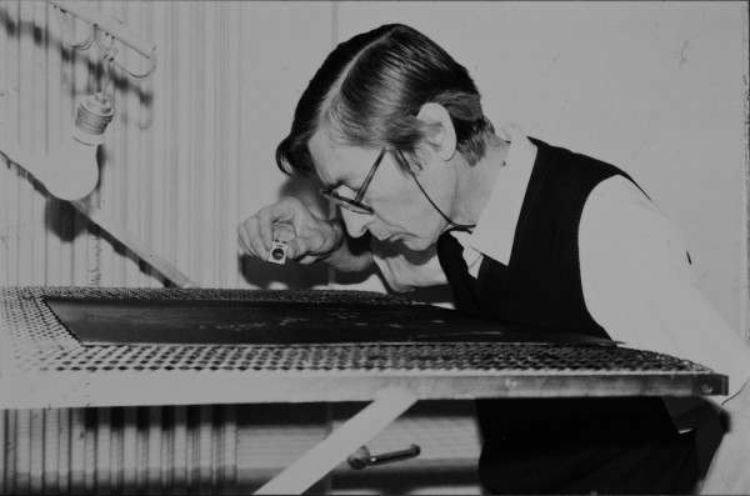
Aldo's uncle, Albert Crommelynck, was a Belgian painter, set designer, muralist, printmaker, and writer. Albert's son Patrick (1942–1994) and his wife, Taeko Kuwata (1945–1994), formed the classical piano Duo Crommelynck, which was active from 1974 until July 9–10, 1994, when both performers committed suicide.
Career
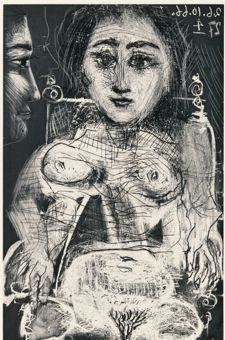
At age 17, in keeping with his family's artistic tradition, Aldo Crommelynck began an apprenticeship in Paris under the French printmaker Roger Lacourière, who was a family friend. Here, he worked with major artists: Fernand Léger, André Masson, Georges Rouault and Joan Miró. He also assisted Henri Matisse on the aquatint series Visages (1945–52) and formed a close relationship with Pablo Picasso.
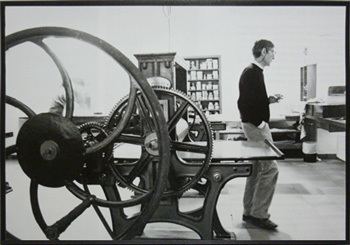
In 1955, the Crommelynck brothers, Aldo, Piero and Milan, founded a workshop in Montparnasse. Soon, Atelier Crommelynck began to attract stellar clients; Miró, Le Corbusier, Jean Arp, and Alberto Giacometti came to work in the studio. Here, Georges Braque created a series of etchings and aquatints titled L'Ordre des Oiseaux (The Order of Birds), which was published in 1962, accompanying poetry by Saint-John Perse.
In 1963, Picasso decided that he needed a printmaker close to his house in the south of France at Mougins. In response, Aldo and Piero Crommelynck set up a studio nearby, where they helped him to create approximately 750 prints. Among these were illustrations for a version of Fernand's Le Cocu magnifique, and the Series 347 (1968), whose erotic images created a furor when they were exhibited simultaneously in Paris and Chicago in 1968. Even though the Art Institute of Chicago withheld 25 of the prints as "unfit for public consumption", it was deluged with complaints. Although this series has gained critical acceptance, it continues to generate controversy.
After Picasso died in 1973, Aldo and Piero Crommelynck returned to Paris, where their atelier attracted the established British artists: Richard Hamilton, David Hockney and Howard Hodgkin, as well as several younger American artists: Jim Dine, Jasper Johns and David Salle.
In 1976, at Atelier Crommelynck, Hockney created a portfolio of twenty etchings called The Blue Guitar: Etchings By David Hockney Who Was Inspired By Wallace Stevens Who Was Inspired By Pablo Picasso. The etchings refer to themes of a poem by Stevens, "The Man With The Blue Guitar". The portfolio was published by Petersburg Press in October 1977. That year, Petersburg also published a book, in which the images were accompanied by the poem's text.
Crommelynck had a close relationship with Dine, who said: "He taught me everything I know about etching", and with whom he collaborated on more than 100 prints. Among these were the 25-print series Nancy Outside in July (1977–81) and many prints derived from Dine's paintings of hearts and bathrobes. In 2007, Dine donated to the Bibliothèque nationale de France a nearly complete set of these prints. From 23 April until 17 June 2007, the Bibliothèque sponsored an exhibition, Aldo et moi, of prints selected from this set, and published a book which includes these images. In the early 1980s, Dine made a series of drawings, prints, and paintings that referred to the ornate iron gate at the entrance to Atelier Crommelynck at 172 rue de Grenelle, Paris. These activities culminated in the creation of a huge painted bronze sculpture, the Crommelynck Gate With Tools. In 2009, after Crommelynck's death, Enitharmon Press published a deluxe edition of Dyne's reminiscences, Talking About Aldo, which includes a signed portrait etching.
